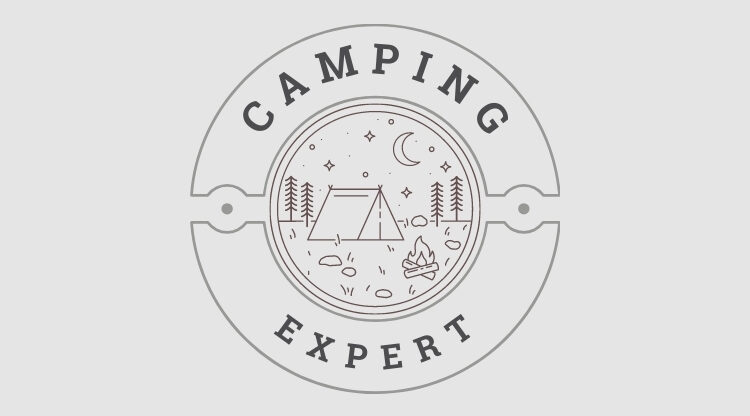All sports clothing is big business and often a matter of personal taste. Hiking and similar outdoor activities are no exception and just like football, golf and tennis, there are a host of reputable companies all geared up to providing you with the most appropriate and most fashionable items.
However, whilst hiking clothing can vary from expensive to relatively cheap, there are some basic principles which are common to all clothing in terms of what each item is designed to do.
The layering system
Whilst out hiking, it’s important to be protected from the elements. Not only will comfortable and suitable clothing add to the enjoyment, in extreme conditions it could also save your life.
The layering system is an effective way of ensuring that you maintain a comfortable body temperature both during and after exercise, no matter what the weather throws at you. The layering system uses 3 basic layers which are:
- Outer layer (e.g. a cagoule and other waterproof items like trousers) – waterproofs to protect you from wind, rain and snow
- Mid layer (e.g. a fleece jacket)- to provide insulation and keep you warm
- Base layer (e.g. t-shirt) – to provide insulation and to disperse sweat away from the skin
Not only does each layer have its own function within the layering system but the air that is trapped between each layer keeps you warmer than if you were to simply wear one thick layer. It’s a flexible system too. For example, if you are hot, you can remove a layer and if it’s cold you could use an extra mid layer for additional warmth.
The principle of breathability in clothing and getting rid of the sweat from direct contact with the skin is known as ‘wicking’ and so, for the best comfort, all layers should be breathable and have sweat wicking capabilities. If one of your layers isn’t wickable, then that will affect the breathable properties of the other layers.
Climate Considerations
Of course, the location you are hiking in, the climate and the length of time you are going away for alongside other factors will determine what kind of clothing and how much you need to take so here are some key questions you should ask yourself before setting off:
- How long will I be away for? – The longer you’re away, the less likely you’ll be able to predict what the weather will be like so you need to be prepared for both good and bad conditions.
- When and where am I going? – During the winter in say, Scotland, you’re not going to need a pair of shorts but you will definitely need good quality waterproofs. Likewise, in Spain in the summertime, you won’t need 5 fleece jackets.
- How high will I be going? – The higher you go, the more unpredictable the weather can be so preparation is crucial. It might be hot and sunny in the valley, but as you start to climb, the weather can soon get cold and unpredictable and, high up in the mountains, wind, rain and snow can suddenly emerge out of nowhere.
- What will you be doing after your exercise and where will you be staying? – You might be plenty warm enough while you are actually hiking but as soon as you stop, it can become very cold. This is especially true if you are waiting around for a long time, e.g. waiting to catch a train or if you are camping overnight.
You may also need extra technical/specialist clothing if you’re involved in a specialist activity. For example, if you are climbing, your clothing should not restrict your movement or, if you are cycling, it’s useful to have tops with extra long sleeves and back.
It’s always wise to take adequate clothing to protect yourself from the elements but you need to bear in mind that if you are not wearing them, you’re carrying them so it’s important not to go too overboard. One piece of good advice is to take one extra layer more than you think you’ll actually need. If you follow this ‘rule’, you’ll generally find that you’ll be well protected and warm enough but don’t end up carrying clothes around with you that you simply won’t need.
And, remember, if it’s cold, windy, raining or snowing, your extremities need added protection so in these conditions, don’t forget your gloves, scarf and hat.
